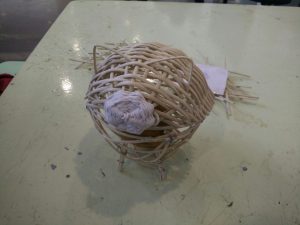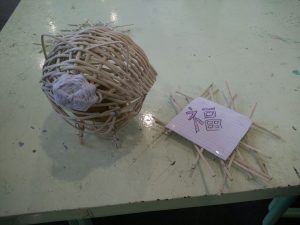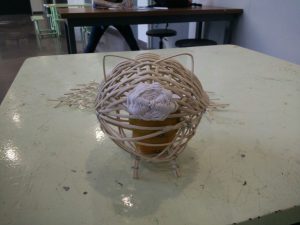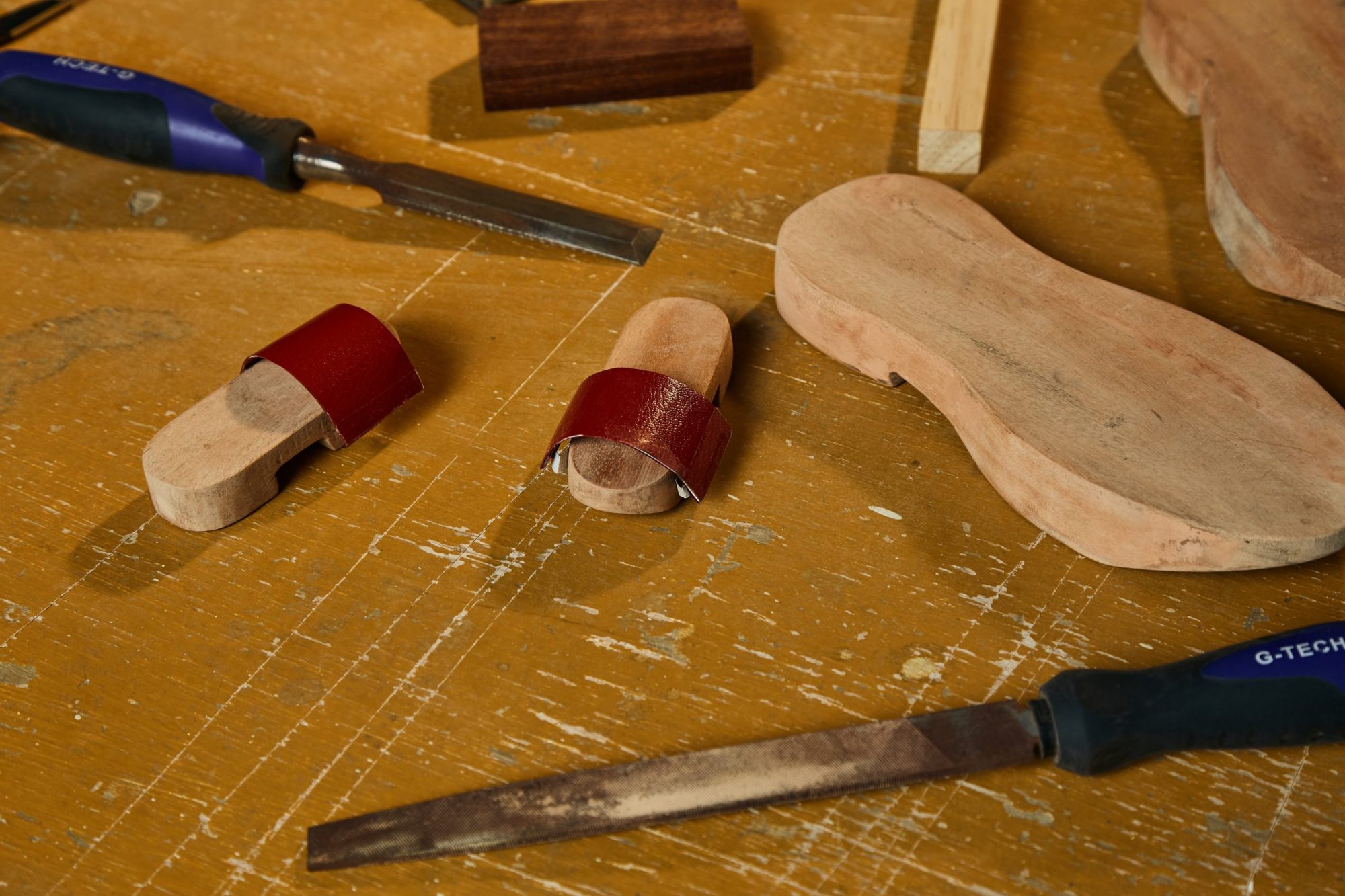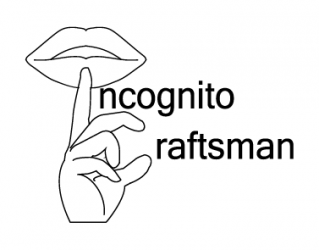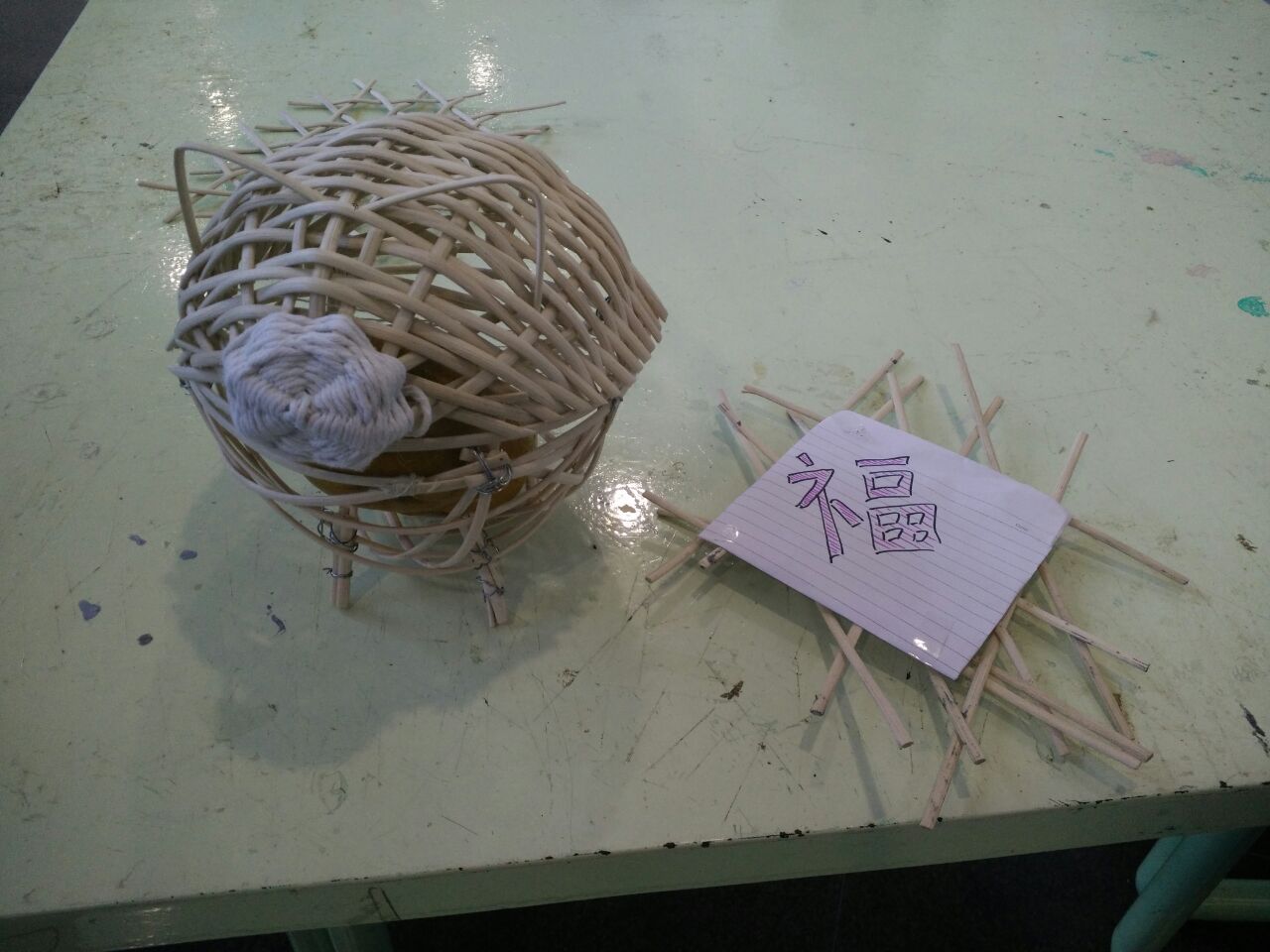Following our first assignment on building an isometric template, we were tasked to sketch out a handheld object for Orthographic and Perspective projections. For this assignment, I have decided to choose my drinking cup to draw. Given that the design itself allows many ways to hold as per the picture demonstrations below, I felt that it will be good to use it as a subject to explore for Object Studies.
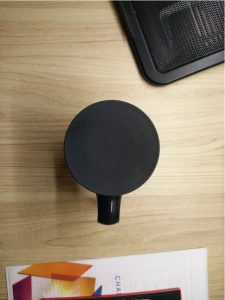
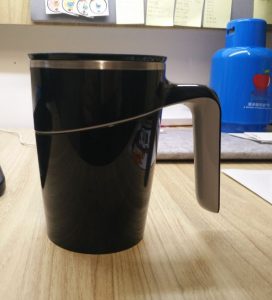
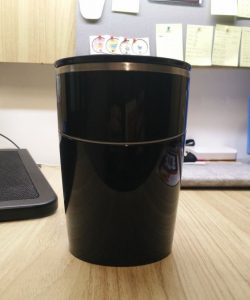
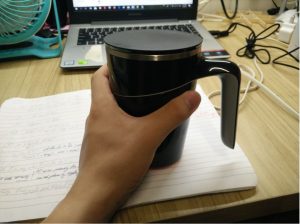

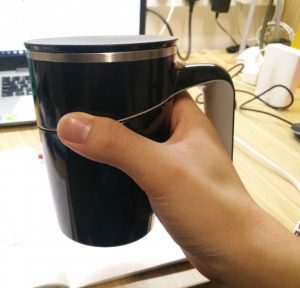
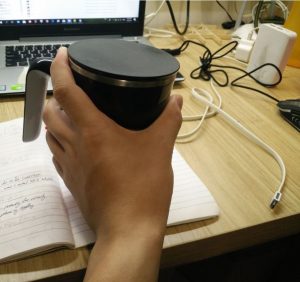
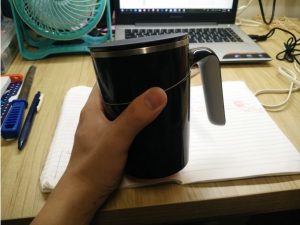
The pictures below are the Orthographic drawing and two point perspective drawing respectively.
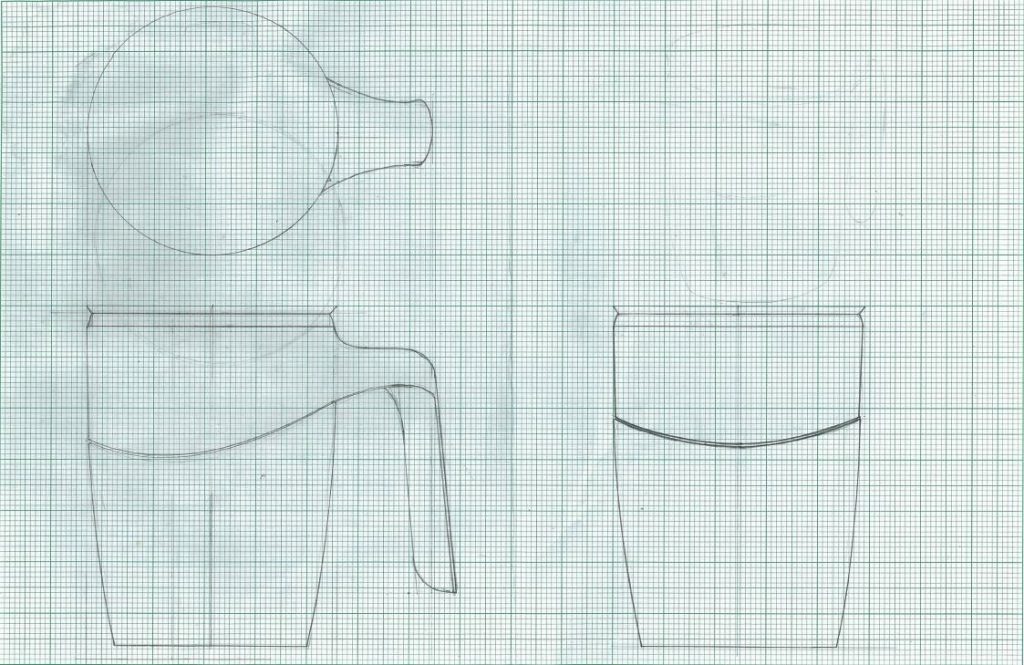
1:1 Scale for the cup that I used. Top, Front, Right view.
Two point perspective, I have decided to draw two views, one from the bottom (located above) and one from the top (located below), in order to study how my cup will look like.

Next up, my first pair assignment 2A, weaving techniques with rattan with my classmate, Yee Teng. Based from the list of examples that we have seen from the template, we have decided to use the Hexagonal Pattern called Mutsume ami to challenge ourselves under Weave Technique Studies.
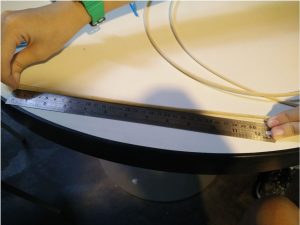
Measurements for all individual rattan strip to be 25cm (250mm).
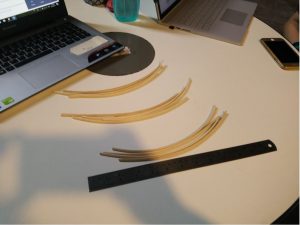
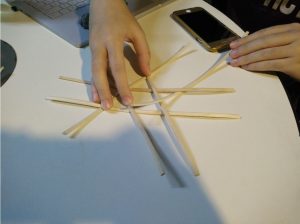

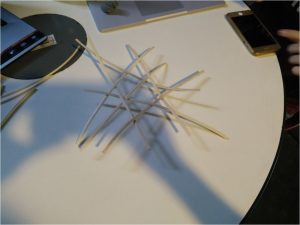

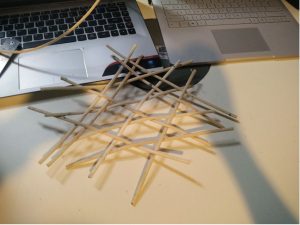
With the 2D pattern done, we shifted our attention to 3D. Given that since we are doing a pair work, it does not make any sense if we were to go by the traditional way of finishing the project in school as one whole product as planning and experimentation is needed to be done. Secondly, if were we to split the work, it does not make sense too if work were allocated that I do half of it first in school and then Yee Teng brings the remaining home to do. Thus, we have came to a conclusion that we will make a product that can actually be split into two and combine as one in order to split the workload evenly and also to create the element of pair dynamics.
Our idea is to make a frame basket individually, and then combine together to form a surprise element.
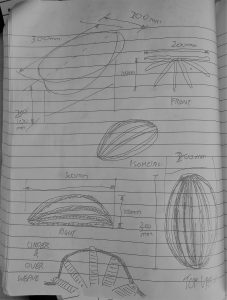
An initial sketch and planning on the frame ribs for the frame basket to weave the rattan strips.
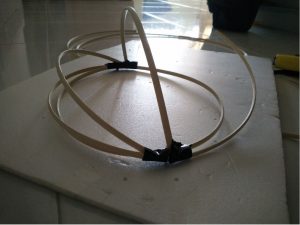
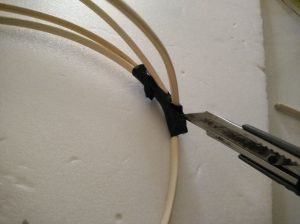
A slit on the masking tape to slot in the rattan strip, as demonstrated in the picture below.
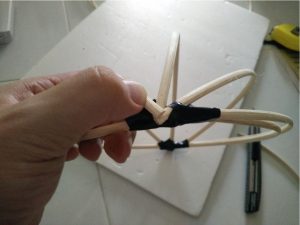
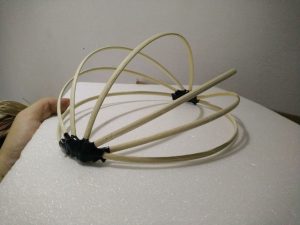
Final frame ribs being fabricated out using masking tape as the connecting element.
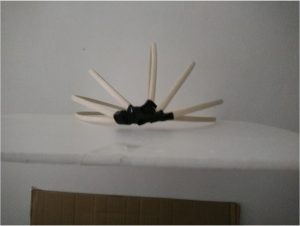
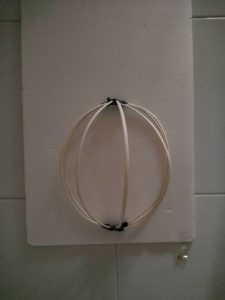
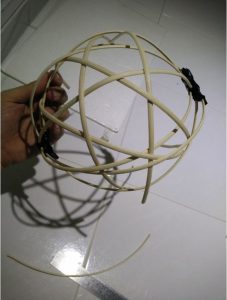
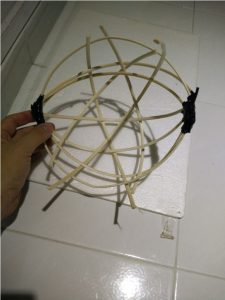
Attempts to do the Mutsume ami Hexagonal pattern weaving, seen here are two strips weaved on each side, however, due to the use of masking tape, it is not strong enough to contain the tension and when I weave in the third strip, the whole frame was dismantled on it’s own. I have to abandon this method to think of a better method while I enjoy my Chinese new year.
After Chinese new year, with the good food and relaxation, I have thought of a conventional method, since I am weaving, why not let’s do a combination of sewing and weaving together?
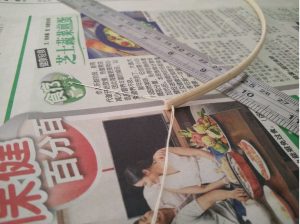
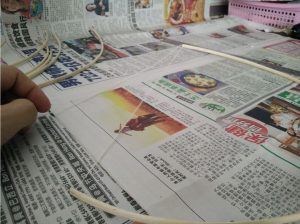
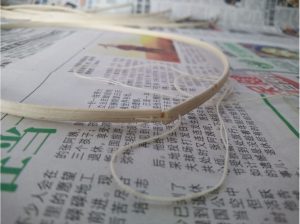
Sewing both ends to meet together to form a circle.
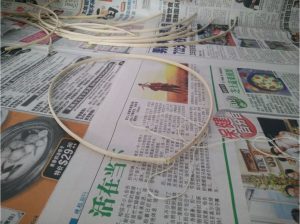
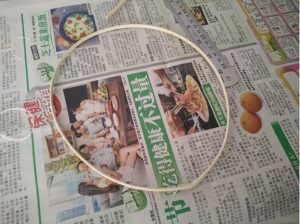
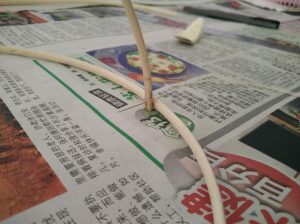
Sewing the middle rack rib frame.
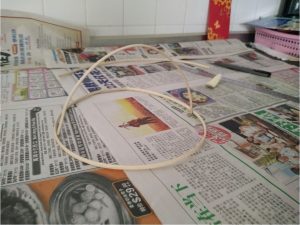
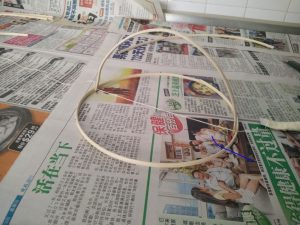
I have decided to sew through the circle as this step creates tension and also aids in securing the circle to have a stronger foundation.
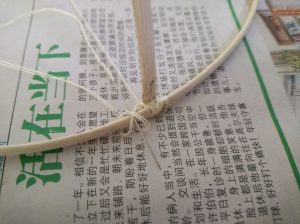
Tying a clove hitch to strengthen the rib frame.
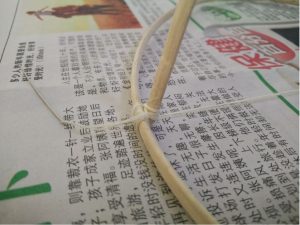
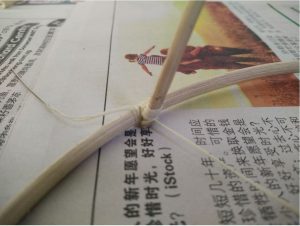
Square lashing to create stronger securing.
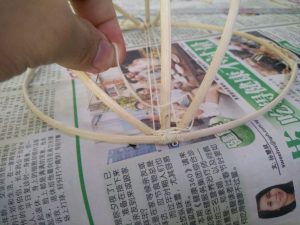
Gyn lashing to secure the ribs frame together.
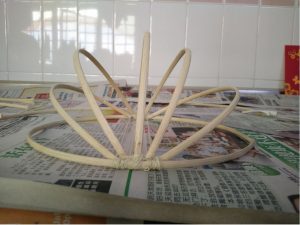
The rib rack is completed after a few hours of sewing.
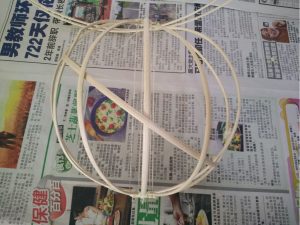
Trying out the hexagonal weaving.
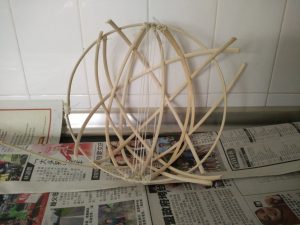
From bottom view up to show the process.
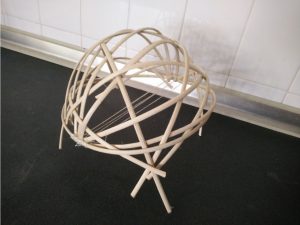
Isometric view.
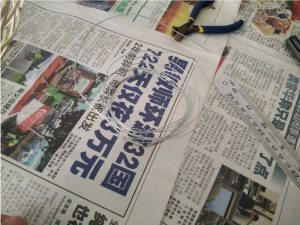
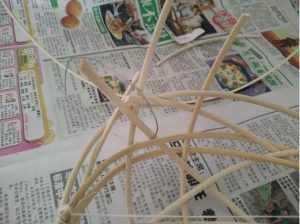
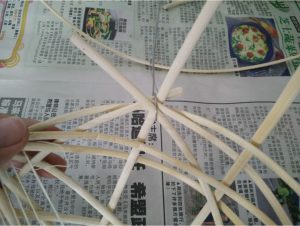
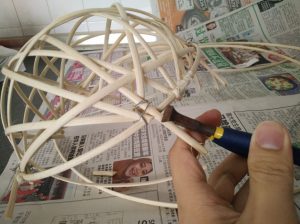
Making use of steel wire to tie towards the loose ends of the rattan strips that are too long in order to secure them for trimming.
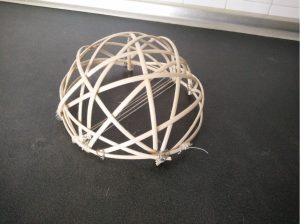
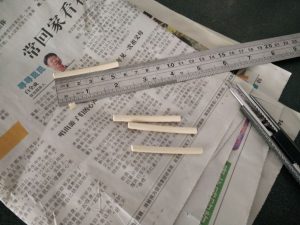
Next step, towards measuring of legs.
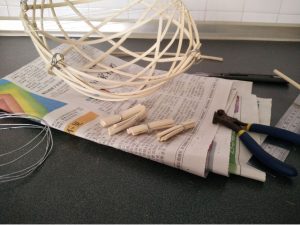
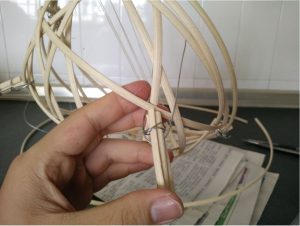
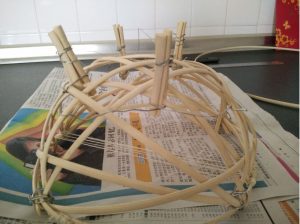
The four strips are then slot into the weaving which will be tighten with steel wire.
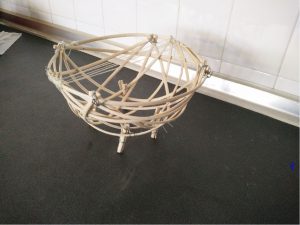
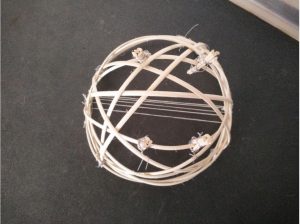
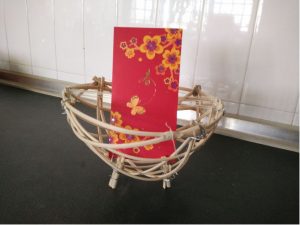
This is our Project 2A – Lunar Pig Basket, wishing you all a Happy Lunar New Year! At last, with the top that Yee Teng has weaved using the pine needle method as the head of the pig. Since we are both combining half a rattan basket to form ball, we have agreed to put it to other uses as a decorative pieces as well as a functional basket. Given that it is Chinese New Year, the animal Pig is adopted to signify the festive mood as it is now the year of Pig.
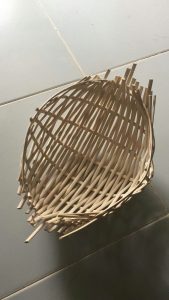
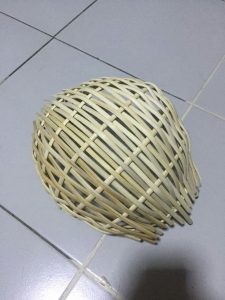
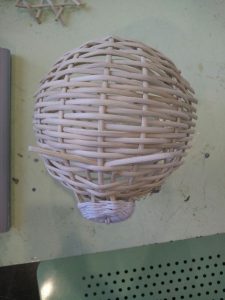
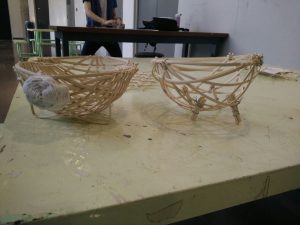
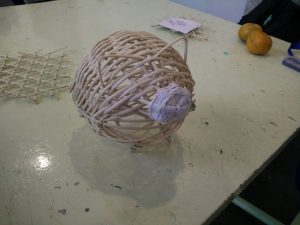
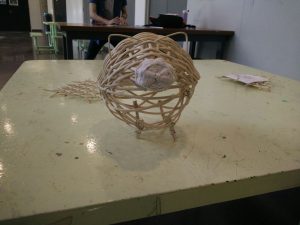
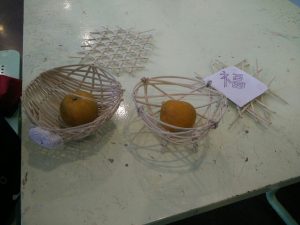
Our individual products before combining them together.
